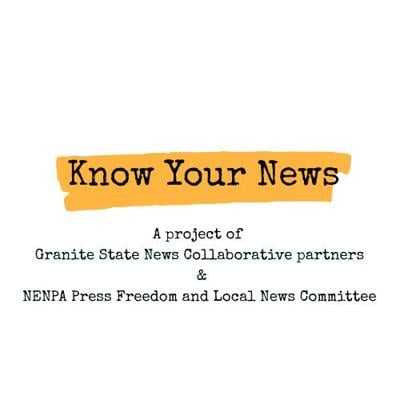Our media landscape is more complex than ever before. On a daily basis, we find ourselves navigating an interwoven ecosystem. Old and new media collide and overlap.
While we consume traditional journalism and books, we also move across digital platforms and social networks, and are increasingly confronted by AI-powered tools that seek to shape our preferences and do our thinking for us.
While we know these platforms afford unprecedented access to knowledge and can offer diverse perspectives, we also face a dilemma. It has become much harder to tell what is true and what is fake, and we need media literacy skills to evaluate source credibility, detect bias and verify facts necessary for a functioning democracy.
Media literacy is commonly defined as the ability to find, analyze, evaluate and create media messages. And it isn’t new. In the late 19th century, traditional literacy research focused on the printed word in books and newspapers. With the advent of film and radio, educators, researchers and average citizens saw the effects of a mass-mediated culture. Educators came together to better understand the effects of visual media on their students. Scholars began to study propaganda and its effects on civic society.
By mid-century, television sparked research by Marshall McLuhan and George Gerbner into the media’s influence on children, culture and politics. During the 1980s and 1990s, the National Telemedia Council, the Center for Media Literacy and the National Association for Media Literacy Education undertook concerted efforts to bring K-12 media education into schools, linking it to informed, democratic citizenship.
Contemporary media literacy addresses critical engagement with all forms of media: traditional print, broadcast, digital and algorithmic. This is especially important, since all types of media have undergone a shift referred to as "container collapse." Traditional contextual cues that were used to identify different types of information sources as “real,” such as bound books or printed newspapers, have become blurred in the singular digital display environment of a smartphone.
The powerful rise of conspiracy theories and disinformation, empowered by the complex media environment, has led to a renewed urgency for media literacy education. Media literacy strategies are needed to address the challenges of the ”post-truth era,” such as awareness of clickbait, deepfakes and the role of AI in shaping the news flow you individually receive.
Contemporary media literacy teaches students to think critically by asking some essential questions whenever they encounter content: Who created this, and how do we know the source is authentic? Why did they make it, and what are they trying to convince me of? And, is this information likely to be accurate?
We can, of course, consult fact-checking sites like snopes.com, politifact.com or factcheck.org. But even when we know that statements might be factual, how are these facts selected and contextualized to create an argument? What might be overemphasized or ignored? Websites like ground.news can be used to compare news sources, detect bias and thus break free from algorithmic echo chambers.
Those who practice media literacy hone such skills as looking across different news sources, consuming news as a habit and thinking critically. And, as scholar Robert Putnam has shown, community engagement helps shield us from social isolation that, ironically, our social media environments can produce.
The media affects all of us in how we understand the world around us and form our opinions about topics like health, politics and social issues. Without becoming adept at using media literacy skills, we are prone to making decisions based on wrong information, with serious consequences for ourselves and our communities.
•••
Phyllis Zrzavy of Peterborough is a professor of communication and media studies at Franklin Pierce University in Rindge.
This story is part of Know Your News — a Granite State News Collaborative and the New England Newspaper and Press Association's Press Freedom Committee initiative on why the First Amendment, press freedom, and local news matter. Don’t just read this. Share it with one person who doesn’t usually follow local news — that’s how we make an impact. More at laconiadailysun.com/knowyournews.


















(0) comments
Welcome to the discussion.
Log In
Keep it Clean. Please avoid obscene, vulgar, lewd, racist or sexually-oriented language.
PLEASE TURN OFF YOUR CAPS LOCK.
Don't Threaten. Threats of harming another person will not be tolerated.
Be Truthful. Don't knowingly lie about anyone or anything.
Be Nice. No racism, sexism or any sort of -ism that is degrading to another person.
Be Proactive. Use the 'Report' link on each comment to let us know of abusive posts.
Share with Us. We'd love to hear eyewitness accounts, the history behind an article.